Allergy to tomatoes - looking for a solution

Food allergies are the most common disease of modern humanity. There is an opinion that it is the red pigment of vegetables and fruits that causes it: raspberries, strawberries, beets, red peppers, carrots and tomatoes.
Content:
- Variety of crops and their types
- What can cause allergic reactions
- Symptoms of allergic reactions
- The need to see a doctor
- Treatment of food allergies
Variety of crops and their types
Tomatoes, or tomatoes, at the very beginning of its history, were an ornamental plant. And only after more than a dozen years they entered the human diet as a product endowed with dietary qualities, rich in organic acids and an extensive vitamin complex. Today, the tomato is one of the most cultivated vegetables on the planet.
Thanks to breeding work, many varieties of tomatoes have been developed for various uses: from salad to pickling with different colors of vegetables. Red, orange, yellow and especially popular in the middle zone - black tomatoes.
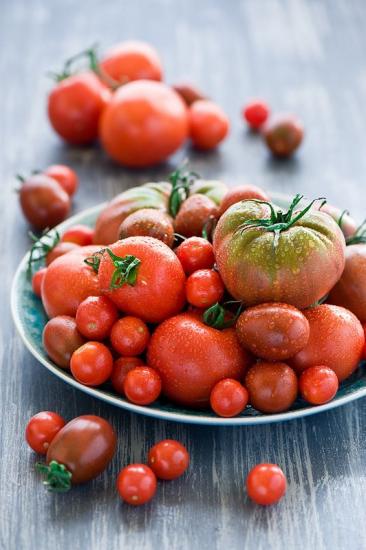
Unlike the red variety of nightshade, yellow and orange varieties have fleshy flesh with a delicate texture, thin skin and a small amount of juice. They have a beneficial effect on the gastrointestinal tract, liver, kidneys and, to a lesser extent, can cause allergic reactions. It is the yellow varieties of tomatoes, which have a large amount of water content in their structure, that are able to cleanse the intercellular space in the body.And, as a result, they are prescribed by nutritionists as a dietary product for allergies.
What can cause allergic reactions
Well, what if an allergic reaction to vegetable foods does occur? The most allergenic of this group are considered to be beets, red bell peppers and varieties of red and black tomatoes. It is these products that are included in sauces, salads and soups as the main human diet. Those who are prone to allergies need to carefully select the composition of their dishes, or better yet, take a test and identify the antigen that causes the body’s hypersensitivity to one or another type of vegetable product.
As a rule, tomatoes of yellow and orange varieties practically do not cause allergic reactions. They contain virtually no anthocyanin, which is a strong allergen and is present in red vegetables, fruits and berries.
Yellow varieties of tomatoes Rich in vitamin A, which gives them their yellow-orange color and healing properties. The healing properties of yellow varieties of tomatoes are attributed to counteracting the occurrence of bladder and prostate cancer.
Symptoms of allergic reactions
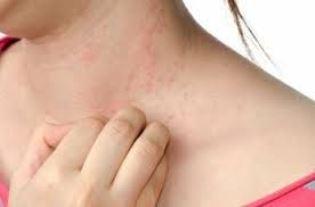
The symptoms caused by the antigen of red vegetables, fruits and berries are very different, but they still have characteristic reactions. For example, swelling, asthmatic cough, urticaria and runny nose.
The onset of allergy symptoms is minor. A small rash appears, accompanied by slight scratching, turning into irrepressible itching. And swelling blisters form from the rash. The process is fleeting, which makes it dangerous.
Some manifestations of allergies from the respiratory organs.It all starts with a harmless cough, which quickly develops into a suffocating cough, leading to swelling of the larynx, the so-called allergic Quincke's edema.
The need to see a doctor
As a rule, allergic reactions to tomatoes are a consequence of a certain disease. This kind of intolerance to the product can lead to serious damage to the skin, such as allergic dermatitis, or the respiratory system - chronic bronchial asthma.
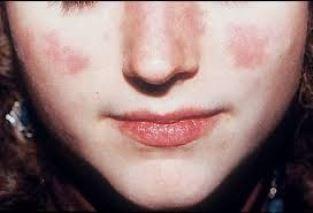
Having noticed the first signs of food intolerance, you need to contact specialized specialists: an allergist, an endocrinologist and a gastroenterologist. The tendency to allergies remains in the human body for life, and the extent to which its manifestations will occur in the future depends on how soon you see a doctor and help your body.
Treatment of food allergies
Intolerance to red varieties of tomatoes is treated according to the principle of treating any other food allergy. Only a doctor can prescribe comprehensive treatment for food allergies. And then, after research, what type of antigen causes an allergic reaction. After which it is assigned:
- Diet
It is based on the exclusion of the allergen, and in this case red tomatoes, from the patient’s diet. The composition of the dishes is carefully monitored. All kinds of derivatives are also excluded - tomato juice, sauces based on tomato paste, ketchup. Perhaps replace red tomatoes with yellow ones.
- Treatment with medications
Prescribed only by a doctor. Aimed at reducing symptoms and improving the condition. Most often, antihistamines and anti-inflammatory drugs are prescribed, as well as sorbents, antidiarrheals and antiemetics.As for blockers that help relieve allergic reactions of the body from the respiratory tract, they are strictly prescribed by a specialist, one who is caring for the patient and is familiar with the course of his disease.
- Preventive methods to combat allergies
As a preventive measure, a general strengthening complex of vitamins and macro and microelements is prescribed. They are based on calcium-containing preparations. Enterosgel is prescribed for periodic cleansing of the body. All of the above activities should be carried out under the strict supervision of a doctor.
From what is stated above, let's try to draw two main conclusions.
In cases of allergic reactions to food, you should not take medications on your own without a doctor’s prescription. Such a step may turn out to be unpredictable and lead to dire consequences. And prescriptions made by a doctor should be taken in the order strictly defined by him.
Special attention should be paid to the nutritionist's appointments. Listen to the words of the ancients: “Food can be medicine, or it can serve as poison” and make your choice. Preferably, towards the mind. Be healthy.


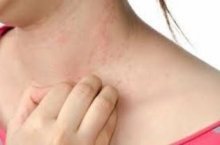
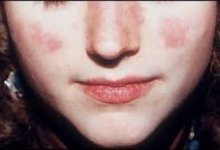







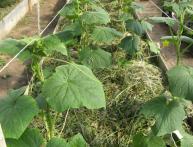
Comments
Maybe I'm wrong, but it always seemed to me that food allergies arise from the fact that a person simply does not know what to do. Still, this is not an allergy to pollen, for example, when the smallest concentration is enough. But if one tomato gives a person a rash, then, of course, you need to see an allergist-immunologist.